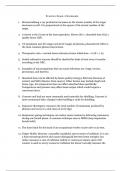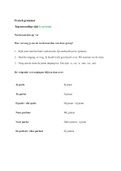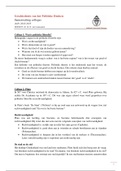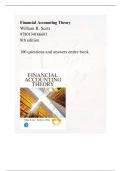Samenvatting
Summary Laura Nappi Exam 2 Mock Rationale
- Vak
- RADT
- Instelling
- Wallace State Community College Hanceville
This is the rationale for Laura Nappi's online program mocks. This is exam 2. Each exam has 100 questions. VERY HELFUL IN STUDYING FOR BOARDS!!!
[Meer zien]






